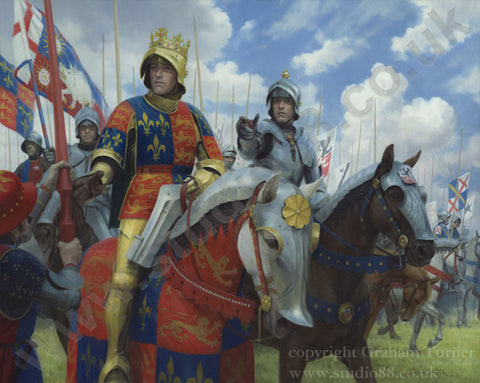The Herald 3

In the period following the move from Coldharbour in 1485 there were a number of reorganizations but by the advent of the 16th Century Elizabethan period there were a total of 13 officers Garter Principal King of Arms and two provincial kings: Clarenceaux and Norroy (in charge of the south and north halves of England respectively); six heralds: Chester, Lancaster, Richmond, Somerset, Windsor, and York; and four pursuivants: Bluemantle, Portcullis, Rouge Croix, and Rouge Dragon. There were also “ extraordinary officers “ who were appointed for special occasions. The Ulster King of Arms administered the granting of Arms in Ireland but at the time was not considered to be a part of the College of Arms. During Henry VII's reign heraldry was reduced to the Royal household only and noblemen were not officially recognized.




